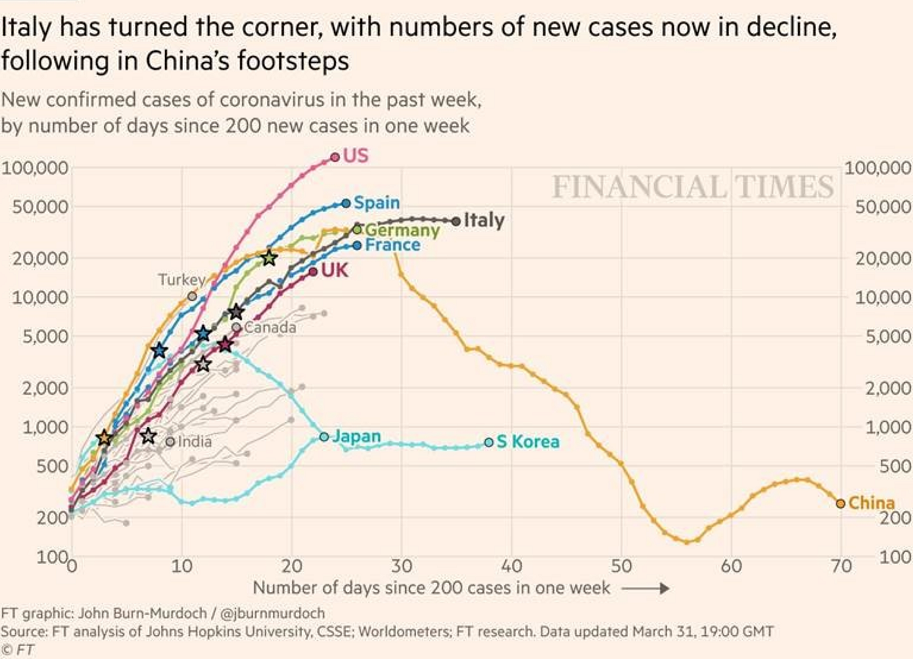The COVID-19 epidemic in Italy: response and policies
Italy was the country where the first European COVID-19 outbreak was detected on February 21st, 2020. Within two weeks, the disease spread rapidly throughout other European countries. Despite the experience of China and South Korea in January, the European Union has not recommended a common strategy for the containment of the disease and each Member State has therefore reacted, at least in the initial phases of the emergency, on an individual basis.
The Italian Government opted to adopt rigid measures since the very beginning: with the initial attempt to restrict access and exit from the areas of the first outbreak (a "red zone" for 11 municipalities) and then with general mitigation measures to contain the spread of the epidemics to central and southern regions of the country. Among adopted mitigation measures, schools and universities closure and shut down of non-essential businesses, physical distancing and massive information for the population on how to avoid transmission.
We can certainly affirm that in this epidemic the role of public health professionals was crucial. At various levels, they advised political authorities on policies to flatten the epidemic curve, thus allowing health services and hospitals to take care most serious cases. Alongside with public health action and the implementation of containment measures, efforts were made to increase hospital and intensive care unit beds in the areas most affected by the epidemic (Lombardy region). The role of Italian residents in public health (about 800) was also relevant; in fact most of them were engaged in activities that directly or indirectly concern this emergency. Their activities are linked to the profile and tasks of the various schools.
Containment and education measures resulted in a reduction of new cases of infection, which started to decrease after nearly two weeks from the general lockdown, this trends followed by decreasing death toll after two more weeks.
The main problems related to the management of the initial phase of this epidemic in Italy were: lack of Personal Protective Equipment (PPE); high prevalence of infected healthcare workers (around 10% of all reported cases); continuously changing guidance and regulations by the Government and Local authorities (Regions, municipalities); the shortage of hospital beds with particular reference to Intensive Care Units (ICU); challenges in disposal of dead bodies.
By: Carlo Signorelli, PhD
Full Professor of Hygiene and Public Health, University Vita-Salute San Raffaele- Milan, Italy and Director of the School of Public Health (Igiene e medicina preventiva). The University Vita-Salute San Raffaele-Milan is a collaboration partner of CAPHRI. Several PhD projects have been initiated within this partnership.
Also read
-
Maastricht University students have won the Dutch final of the student competition Ecotrophelia, a drinking vinegar based on apple cider vinegar, fruit and herbs.
-
In the upcoming months, we’ll share tips on Instagram for our students on how to live a healthier life. Not just a random collection, but tips based on actual research happening at our faculty. The brains behind this idea are Lieve Vonken and Gido Metz, PhD candidates at CAPHRI, the Care and Public...
-
Drawing blood, inserting an IV, or looking into the ear; even seemingly simple medical procedures can cause anxiety, pain, and stress in children. According to pediatric intensivist Piet Leroy, comfort and trust are just as important as the medical treatment itself. Therefore, he is researching how...



